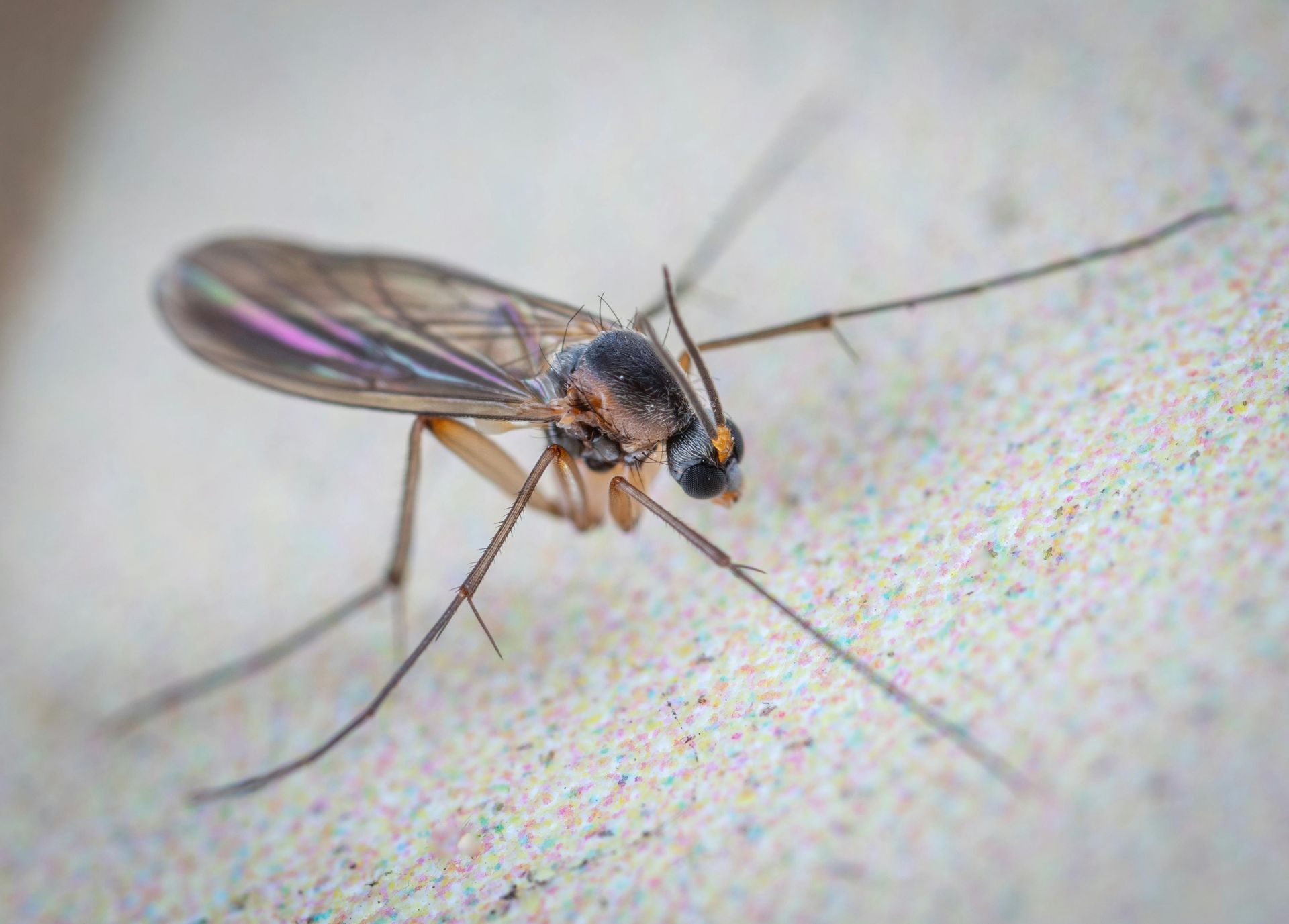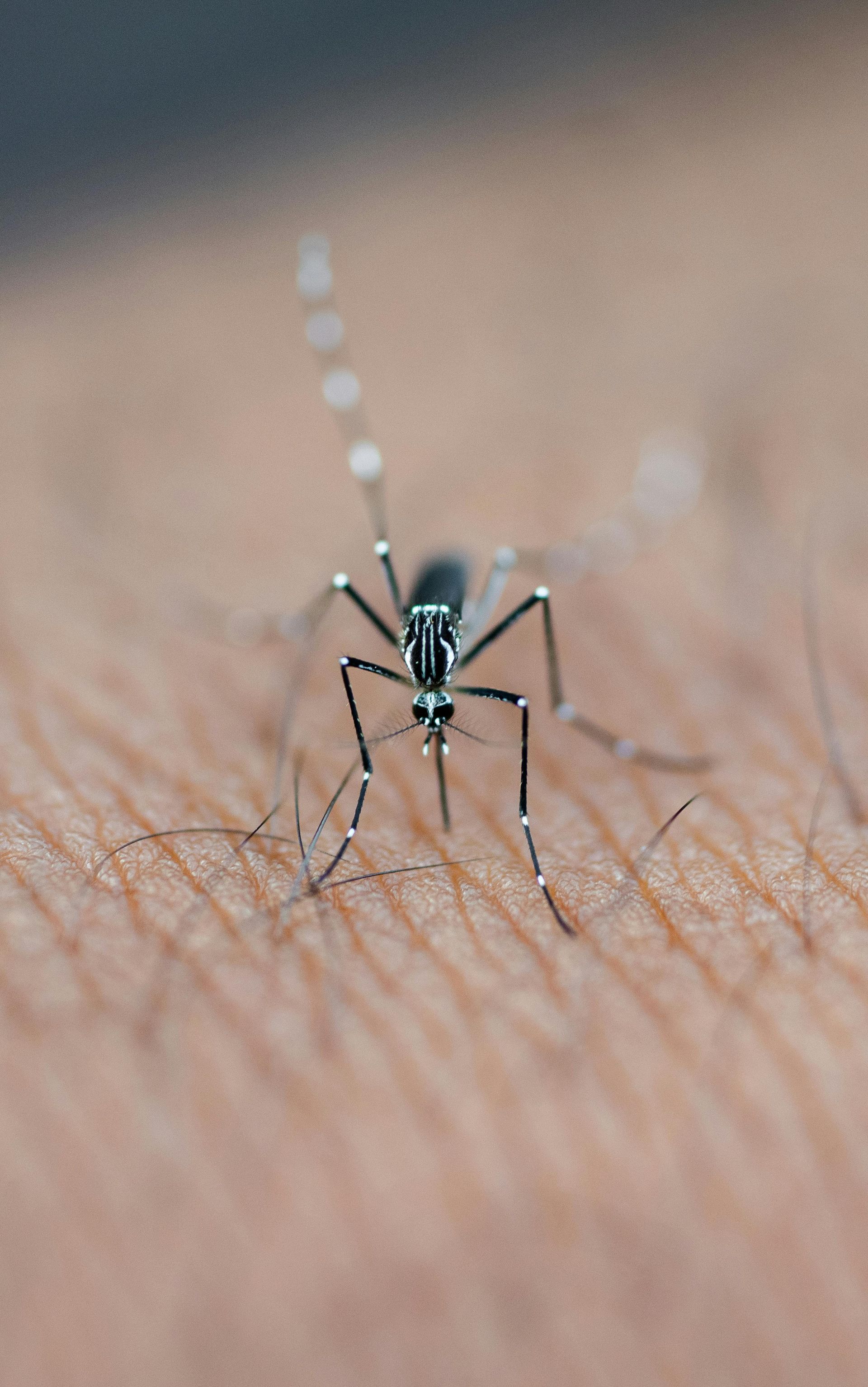The Hidden Pest Problem Behind Overwatering
Keeping your lawn green and healthy is a source of pride for many Des Moines homeowners. But when it comes to watering, more isn't always better. In fact, overwatering can lead to some serious pest problems. What looks like a well-cared-for lawn could actually become a breeding ground for mosquitoes, ants, fungus gnats, and other unwanted guests. If you're noticing more bugs than usual, it's time to rethink your watering habits. In this guide, we’ll break down how too much water invites trouble and how our
Des Moines pest control
company can help keep your yard (and home) pest-free.
Get A Quote
Message Us!
We will get back to you as soon as possible.
Please try again later.
1. Standing Water: A Mosquito’s Favorite Playground
Overwatering often leaves behind puddles, especially in low spots, under potted plants, or in clogged gutters. These small pools of water might not seem like a big deal, but to mosquitoes, they’re perfect nurseries.
- Mosquitoes lay eggs in as little as a bottle cap of water
- Standing water speeds up the mosquito life cycle, causing outbreaks
- More mosquitoes = higher risk of bites and mosquito-borne illnesses
Proper drainage and limiting water accumulation are essential first steps in mosquito prevention.
2. Moisture-Loving Pests Thrive in Wet Lawns
Excess moisture not only attract mosquitoes, it invites a whole lineup of pests that love soggy soil and lush, overgrown grass. These include:
- Pill bugs and springtails – feed on decaying matter and thrive in damp conditions
- Snails and slugs – attracted to thick, wet vegetation
- Spittlebugs and mole crickets – make their homes in moist thatch and soft soil
Once they settle in, these pests can damage plant roots and leaves, and some may even sneak indoors in search of more moisture.

3. Root Rot and Weak Grass Are Pest Magnets
Healthy plants have deep, strong roots, but overwatered grass tends to grow shallow, weak roots. This makes your lawn more vulnerable to:
- Aphids who feed on weakened plants
- Grubs who destroy roots, causing brown patches
- Lawn diseases that further weaken the turf and make room for pest invasion
When your lawn is already stressed, pests don’t have to work hard to take over.

4. Fungal Growth Attracts Fungus Gnats and More
Too much water can cause fungi and mold to grow, especially in shaded or poorly drained areas. These conditions attract pests like:
- Fungus gnats – small flying insects often found near damp soil
- Springtails – tiny jumping bugs that feed on fungus and plant roots
- Fairy ring and dollar spot fungus – lawn diseases that damage turf and invite secondary pests
If you see discolored patches or a musty smell, it’s a sign your yard is holding too much moisture.
5. That Thatch Layer Can Become Pest Shelter
Thatch is the layer of dead roots and grass between your soil and the green blades. A little bit is fine but too much, especially in a damp lawn, becomes the perfect hiding place for pests.
Overwatering encourages thatch buildup by:
- Preventing natural breakdown of organic matter
- Causing shallow root systems
- Creating a moist buffer where insects can breed unnoticed
This hidden layer can also block insecticides, making treatments less effective.

6. Weeds and Invasive Plants Make Things Worse
An overwatered lawn can become overgrown fast. That thick, fast-growing vegetation provides more places for pests to hide and feed. It also leads to:
- Crabgrass, bluegrass, and nutsedge – invasive weeds hard to control once they take hold
- Dense shade and humidity – perfect for pests like mosquitoes and snails
- More organic decay – more food for fungi and mold-loving insects
Maintaining balanced watering keeps growth in check and makes your yard less attractive to pests.
7. How to Water Your Lawn Without Attracting Pests
Here are a few practical watering tips to reduce pest problems in your Des Moines lawn:
- Water early in the morning so grass dries during the day
- Use a rain gauge or moisture sensor to avoid overwatering
- Adjust sprinklers based on season and rainfall
- Fix drainage issues like low spots, compacted soil, or clogged gutters
- Avoid daily watering as most lawns only need 1–1.5 inches per week, including rainfall
Staying consistent with good watering habits helps your lawn stay healthy and pest-resistant year-round.
Seek Professional Expertise if Pests Have Taken Over
If you’re already seeing signs of bugs, fungal growth, or patchy, struggling grass, your lawn may need more than a schedule change. At Bamboo Pest Control, we help Des Moines homeowners pinpoint the root of the problem and provide targeted solutions to eliminate pests without harming your lawn or family.
Ready to reclaim your yard?
Contact our team today
for expert pest control fit for Des Moines lawns. Let’s keep your lawn green, healthy, and pest-free—without drowning it.




